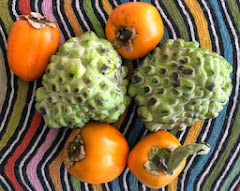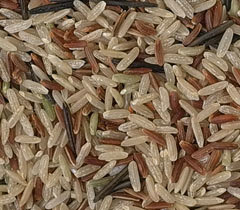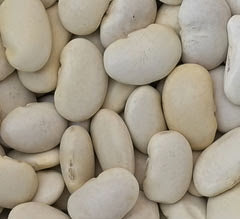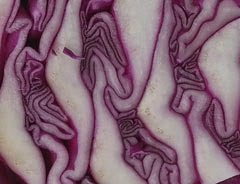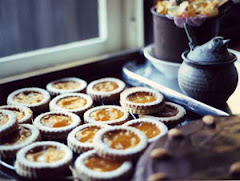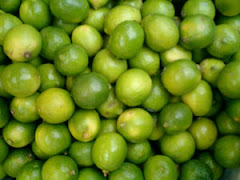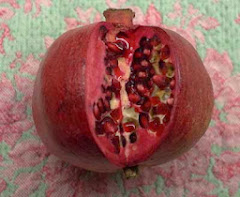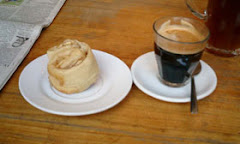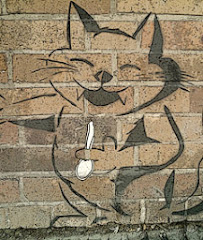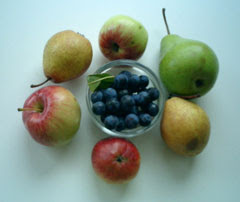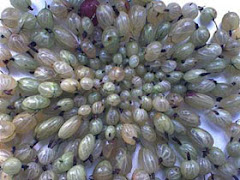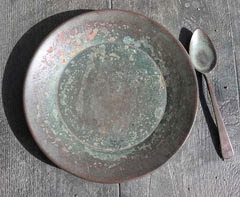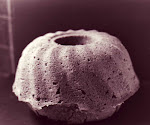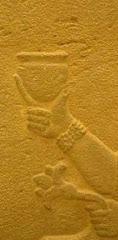GET
1 head/bunch of kale
4 red onions
or Höri-Bülle
2 cloves of garlic
150 g goat cheese/ feta
1 cup roasted pine nuts
Olive oil
all organic
DO
Wash the kale leaves well. Discard outer leaves and dry well. Cut the leaves from the stem by sliding a knife along them and keep both parts separate. Peel the onions and the garlic. Heat oil in a large pot as the initial amount can be rather bulky. Cut the onion into wedges, keeping one aside.
Fry the onions golden. Chop the kale leaves and stems rather finely. Add the chopped kale stems and garlic. After 6 min. add the kale leaves. Fry and stir for 5 min. Add a small amount of boiling water to the pot, stir and cover. Add the remaining red onion wedges. Lift the lid after 6 min. and let the moisture evaporate.
 |
| Tuscan kale |
Roast the pine nuts in a dry pan until they are golden. Place in a bowl and cover.
Place goat cheese on 4 plates.
Once the ingredients are cooked to your liking, place an equal amount on each piece of cheese and sprinkle with the pine nuts.
The tasty red onion 'Höri-Bülle' is grown in the Lake Constance region by the Alamanni tribes. The onion can only be harvested by hand (no fossil fuel machinery!) and the seeds are not on the market, but have been used by the people of this Alpine region since 840. Farmers of the Höri peninsula are the main guardians of this vegetable today. Once rejected by EU norms for its non- standard shape, it is now protected by the EU as a regional slow food with a specific geographical indication in 2014.
Curly kale and savoy cabbage
Curly kale with soba noodles and sesame















